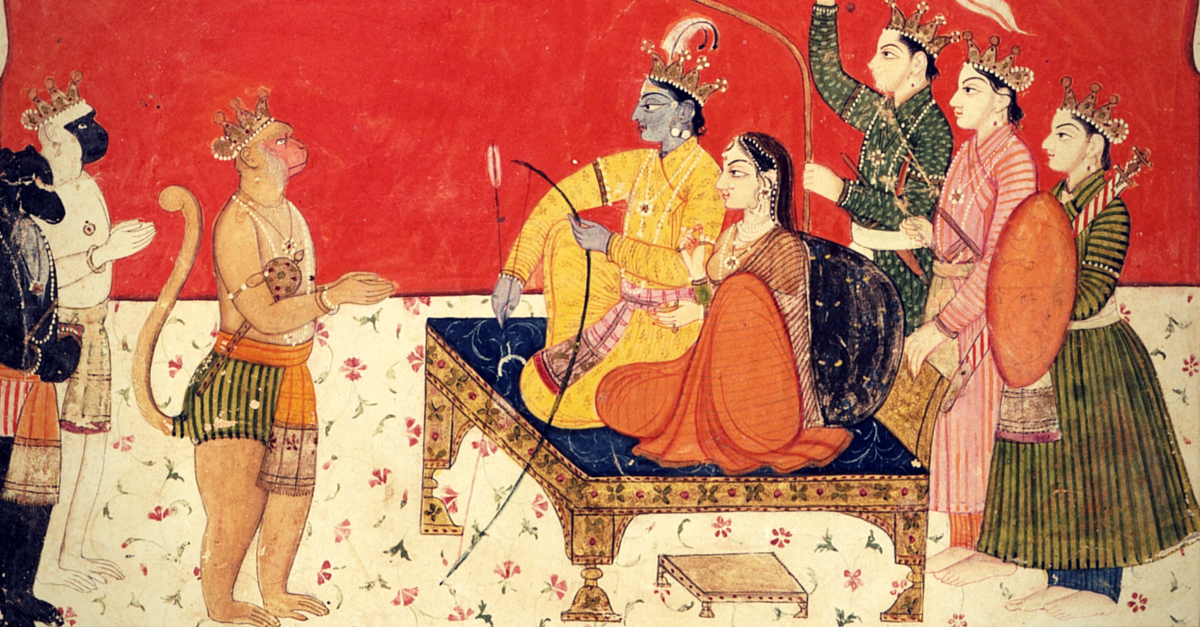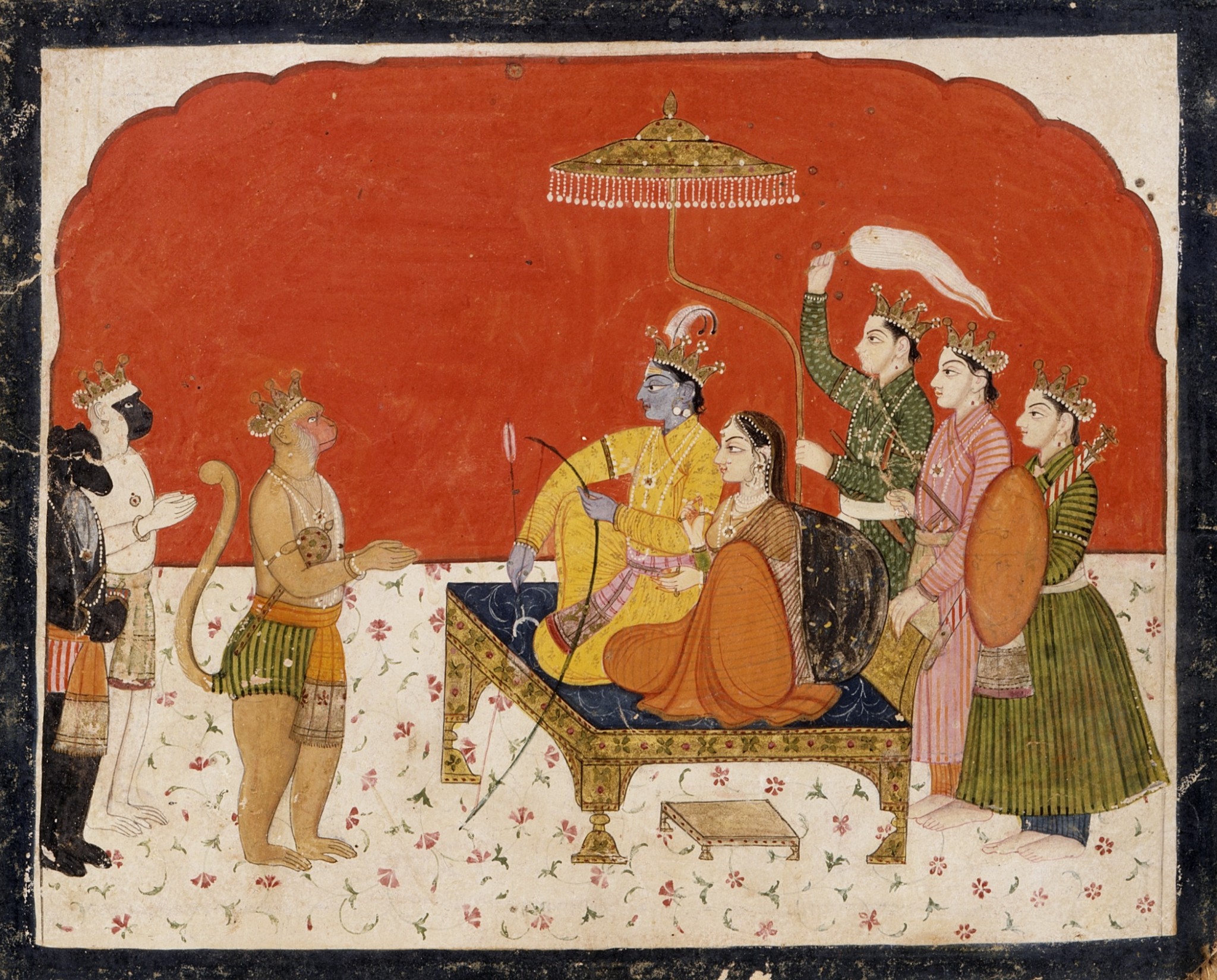Kolkata Scholars Have Discovered a 6th-Century Ramayana. Here’s How It’s Different.
Scholars of Kolkata's Asiatic Society have discovered a 6th-century manuscript of the Ramayana that has some key differences from Valmiki's widely-known version. Among other things, it depicts Rama as more human than God.

Here’s some fascinating news for culture nerds: scholars have discovered a brand new manuscript of the Ramayana that may help deepen our understanding of the Indian epic.
This manuscript, which is from the 6th century, will likely displace the 12th-century rendition by Tamil poet Kamba as the second-oldest version. The widely known 4 BC Ramayana by Valmiki is still the oldest known version.
An accidental find by scholars at the Asiatic Society in Kolkata, the intriguing manuscript was discovered when they were researching the Vanhi, or fire, Purana. After initial puzzlement when the text in the Purana changed course and started referencing a different story, they realized that the story was, in fact, one that most of us know well — the story of Rama, Sita, and Ravana.
There are certain key differences between this version and others, however. Instead of the seven sections (or kanda) in other versions, it has only five. It does not include the Balakanda, the portion about Rama’s childhood, or the Uttarkanda — ending instead with Rama and Sita’s return from exile and Rama’s ascension to the throne. Neither does it begin with Rama’s father Dasarath’s curse that sent his son to exile. It begins, instead, with a curse on Goddess Lakshmi.
It also describes Rama as more human than God.

Image for representation only. Source: Wikipedia
“Ram here is more human than God, with follies like anger and failure. Some interesting details – like the ages of Sita and Rama at the time of marriage and the date when Sita was abducted by Ravana – are in this version,” said scholar Manabendu Bandyopadhyay.
Like this story? Or have something to share? Write to us: [email protected], or connect with us on Facebook and Twitter (@thebetterindia).
If you found our stories insightful, informative, or even just enjoyable, we invite you to consider making a voluntary payment to support the work we do at The Better India. Your contribution helps us continue producing quality content that educates, inspires, and drives positive change.
Choose one of the payment options below for your contribution-
By paying for the stories you value, you directly contribute to sustaining our efforts focused on making a difference in the world. Together, let’s ensure that impactful stories continue to be told and shared, enriching lives and communities alike.
Thank you for your support. Here are some frequently asked questions you might find helpful to know why you are contributing?


This story made me
-
97
-
121
-
89
-
167











